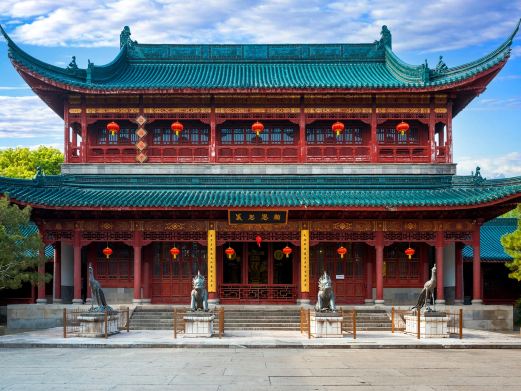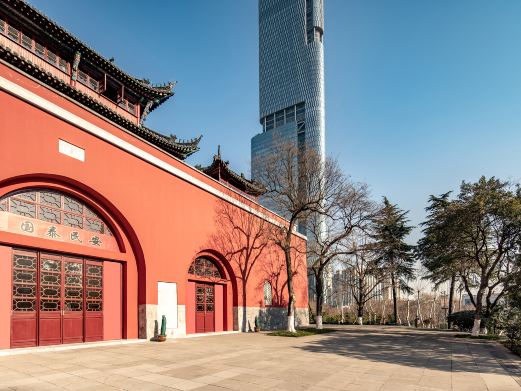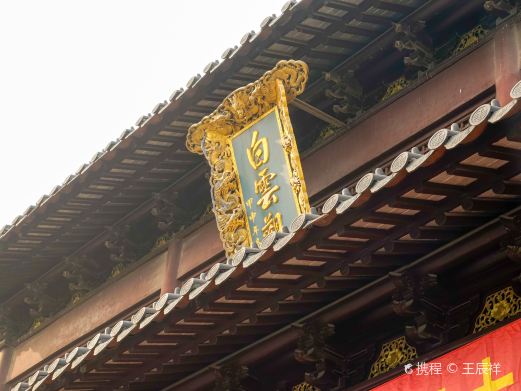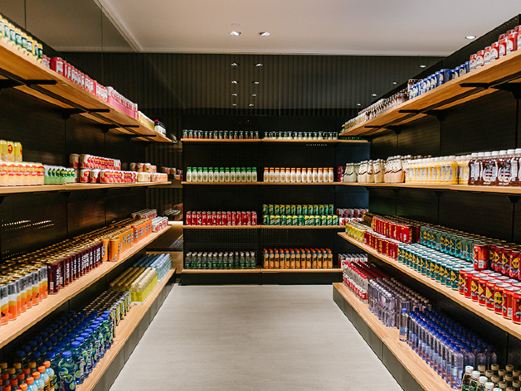Baijianlou, also known as the ‘Hundred Rooms Building’, is reputed to have been built by Dong Fen, a Minister of Rites during the Ming Dynasty, as a residence for his servants. Initially, it consisted of approximately a hundred rooms, hence the name ‘Baijianlou’. The building stretches over 400 meters in length, with a concentrated section from the Lotus Bridge to the Long Bridge on the east bank of the river. The riverbanks are lined with closely packed houses featuring white walls, blue tiles, corridors, river piers, decorative walls, rolling doors, and eaves. Each house is uniform in style, with the canal waters flowing outside and boats coming and going, embodying the eternal grace of the Jiangnan water town’s canals.
The houses of Baijianlou are connected in rows, with side walls touching each other. The buildings feature traditional black tiles and whitewashed walls, forming a long street of arcades composed of light and airy roll-up doors. Stone bridges connect the two banks. The stone-built riverbanks are neat, and there are river piers, which not only facilitate the landing and disembarking of the people, boatmen, and merchants, as well as the transportation of goods and travel, but also make it easy for the people to draw water and wash. Baijianlou’s architecture maintains the style of the Ming Dynasty while also possessing the charm of the Qing Dynasty architecture. It is a typical Jiangnan water town residential building complex.
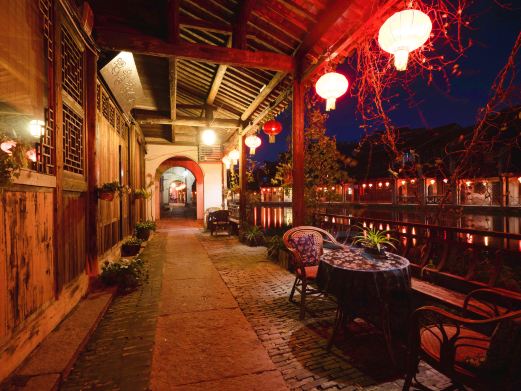
Opening hours are all year round, open all day. For specific opening times, please consult the scenic area.
Baijianlou: A Ming Dynasty Residence for Servants
Baijianlou, also known as the ‘Hundred Rooms Building’, is reputed to have been built by[...]






